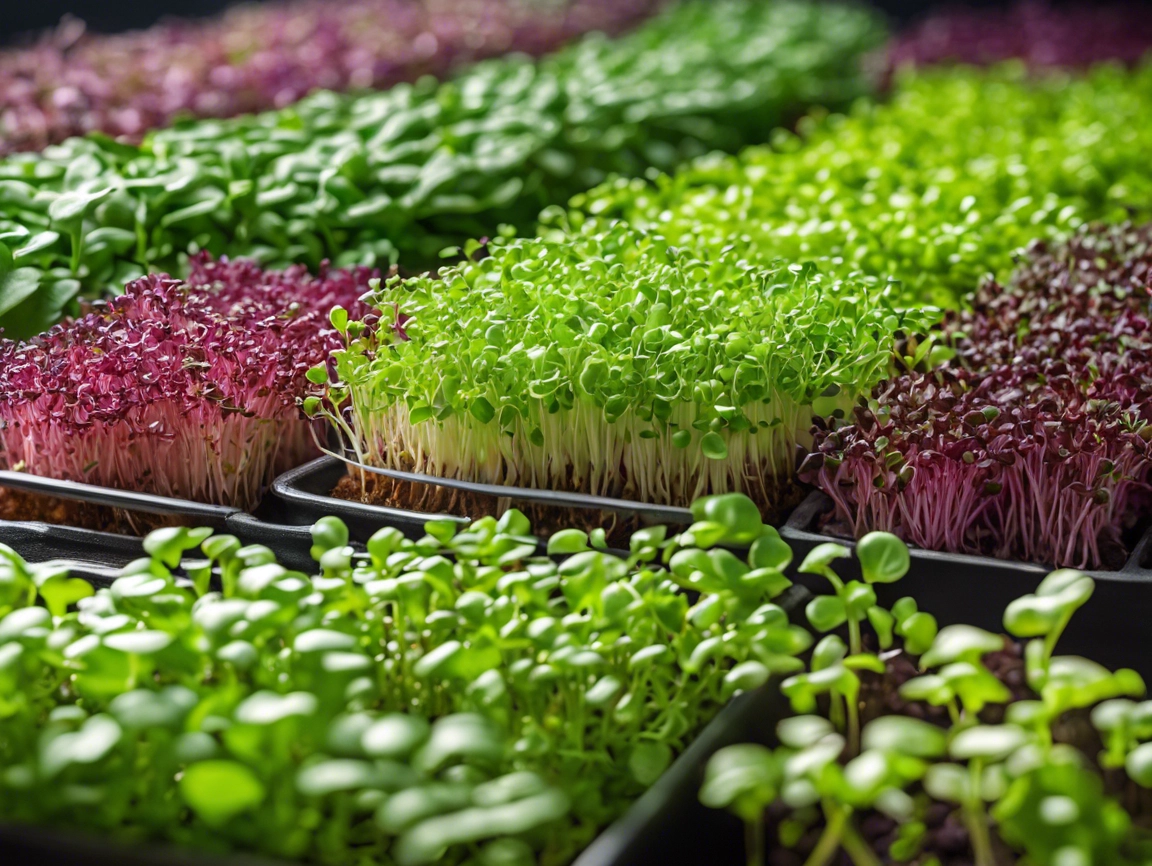Seeds of Wellness: weekly diet for a Healthier Lifestyle
Welcome to “Seeds of Wellness: Weekly Diet for a Healthier Lifestyle”! In a world filled with fast food and hectic schedules, making nutritious choices can often feel overwhelming. That’s why we’ve created this blog to help you cultivate a healthier lifestyle, one week at a time. Each week, we’ll provide you with balanced meal plans, delicious recipes, and practical tips to nourish your body and mind. From incorporating wholesome seeds and superfoods into your diet to understanding the importance of hydration and mindful eating, our goal is to empower you to take charge of your health. Join us on this journey and discover how simple, delicious changes can lead to lasting wellness. Let’s sow the seeds of a vibrant and healthier you! Monday : weekly diet plan Breakfast Snack Lunch Snack Dinner Tuesday : weekly diet plan Breakfast Snack Lunch Snack Dinner Wednesday : weekly diet plan Breakfast Snack Lunch Snack Dinner Thursday : weekly diet plan Breakfast Snack Lunch Snack Dinner Friday : weekly diet plan Breakfast Snack Lunch Snack Rice cakes topped with cottage cheese and sliced tomatoes Dinner Saturday : weekly diet plan Breakfast Snack Lunch Snack Dinner Sunday :weekly diet plan Breakfast Snack Lunch Snack Dinner Additional Tips: This meal plan provides a balanced intake of macronutrients and micronutrients across the three days, promoting an overall healthy eating pattern. Always consider personal dietary needs, preferences, and any medical conditions when following a diet plan. The meal plan outlined above offers numerous health benefits due to its focus on whole foods, balanced macronutrients, and a variety of nutrient-dense ingredients. Here are some key health benefits associated with this type of diet: Here are compelling reasons why you should follow a weekly diet: 1. Improved Nutrient Intake 2. Weight Management 3. Heart Health 4. Blood Sugar Control 5. Enhanced Digestive Health 6. Better Mood and Energy Levels 7. Reduced Inflammation 8. Improved Skin Health 9. Stronger Immune System 10. Sustainable Eating Habits A Journey to Wellness: How a Weekly Diet Transformed My Life For years, I struggled with my weight and self-image. Despite trying different diets and workout routines, nothing seemed to stick. I often felt defeated and disheartened by my lack of progress. That all changed when I decided to commit to a weekly diet. It started off as a simple suggestion from a friend who had seen incredible results. Skeptically, I agreed to give it a shot. The concept was straightforward: plan my meals for the week ahead, ensuring I included a balance of protein, carbohydrates, and healthy fats while steering clear of processed foods. The first few days were a challenge. I had to confront my cravings, often reaching for the comfort foods I had relied on for years. But I armed myself with a well-thought-out meal plan that included delicious, wholesome recipes—think grilled chicken with quinoa and steamed broccoli or a hearty vegetable stir-fry. Each meal was not only satisfying but also packed with nutrients. As the week progressed, I started to notice changes—both physically and mentally. I had more energy than I had in years. I felt lighter, both in body and spirit. My cravings for sugary snacks began to dwindle, replaced by a newfound appreciation for the natural sweetness of fruits. I was finally enjoying cooking and experimenting with flavors I had previously avoided. By the end of the first week, I had lost a couple of pounds, but more importantly, I felt a sense of accomplishment. The weekly diet wasn’t just about weight; it became a ritual, a way for me to connect with my body and my food. Every Sunday, I would sit down, plan my meals, and feel empowered by the choices I was making. As I continued with the weekly diet, the changes only became more pronounced. I started to notice my clothes fitting better, my skin clearing up, and my mood stabilizing. Friends and family began to comment on my transformation, which only fueled my motivation further. I was no longer just losing weight; I was gaining confidence and a feeling of control over my life. Three months into this journey, I had lost a significant amount of weight and, more importantly, built sustainable habits. My weekly meal prep sessions became a cherished routine rather than a chore. I found joy in cooking, exploring new recipes, and discovering foods that nourished my body. I even started inviting friends over for weekly meal prep gatherings, turning what once felt isolating into a social activity. Looking back, I realize that following a weekly diet did more than transform my physical appearance; it reshaped my relationship with food and my body. I learned that taking small, manageable steps can lead to extraordinary results over time. Today, I maintain my weight and well-being by continuing to plan my meals weekly, celebrating the incredible journey I embarked upon. If you’re considering adopting a weekly diet, I encourage you to take that first step. The changes may be gradual, but trust me, they will be life-changing. Remember, it’s not just a diet; it’s a pathway to a healthier, happier you. Rate us for your better experience!

